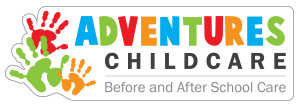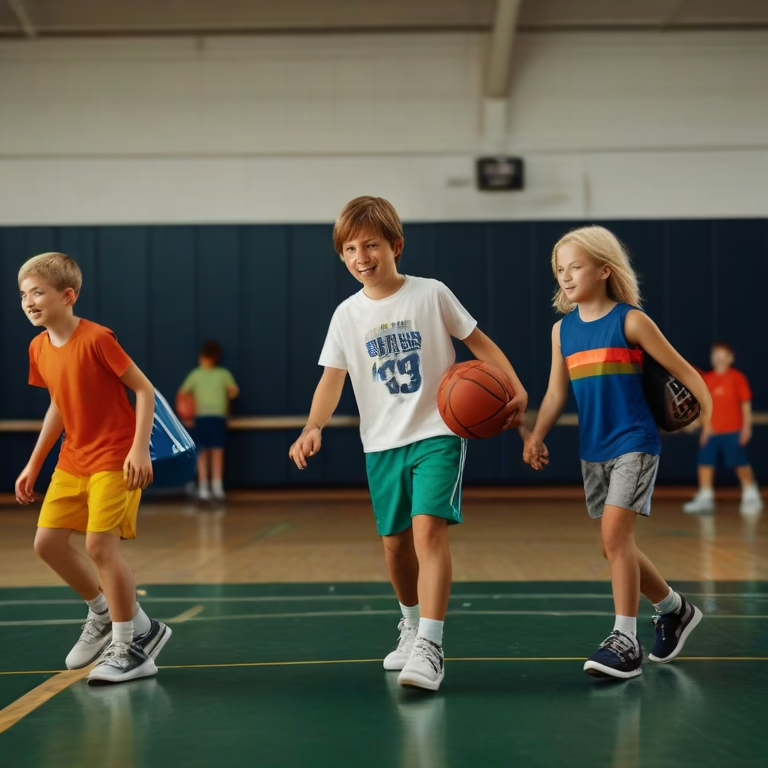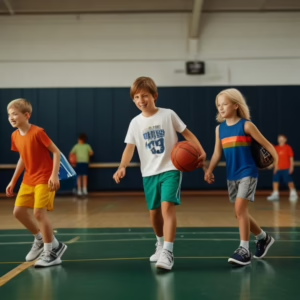When we think about physical activity in childhood, our minds often go to the playground, soccer fields, or running in the gym. While these are essential outlets for energy and social development, they’re also doing something more: helping young brains grow stronger and smarter. At Adventures Child Care, we understand that movement and learning go hand in hand—and research continues to show how physical activity plays a critical role in cognitive development.
Let’s explore how movement supports the growing minds of young children and why physical activity is an integral part of our programs.
- Movement Builds Brain Connections
In early childhood, the brain is rapidly developing. Neural connections are formed at lightning speed, laying the foundation for future learning. Physical activity helps strengthen these connections.
When children run, jump, balance, or climb, they’re not just developing muscle—they’re activating areas of the brain involved in decision-making, memory, and emotional regulation. Activities like dancing, obstacle courses, and group games engage multiple parts of the brain at once, especially the prefrontal cortex, which is essential for planning and problem-solving.
At Adventures Child Care, our play-based programs are designed to get children moving in ways that encourage brain development. Whether it’s a game of tag or a creative movement activity indoors, every movement helps build cognitive pathways that support learning.
- Exercise Improves Focus and Attention
Have you ever noticed how much more focused and calm children are after outdoor play or a physical game? That’s no accident.
Physical activity boosts blood flow and oxygen to the brain, which in turn improves focus, concentration, and overall mental clarity. Studies have shown that even short bursts of exercise can enhance attention spans and help children regulate their emotions more effectively.
In our before and after school programs, physical play is intentionally scheduled to help children transition smoothly from school to care. It gives them a chance to reset mentally, burn off extra energy, and refocus—preparing them for activities like reading, building, or creative exploration.
- Physical Activity Encourages Executive Function Skills
Executive functions are the mental skills we use to manage time, remember information, follow instructions, and switch between tasks. These skills are critical for success in school and life.
Active play builds these abilities naturally. Think of a child navigating a playground, playing a game with rules, or participating in a team activity. They are practicing:
- Impulse control (waiting their turn)
- Working memory (remembering the rules)
- Cognitive flexibility (adapting to changes in play)
At Adventures Child Care, we create experiences that build these skills. Activities like yoga, cooperative games, and free exploration in both indoor and outdoor settings provide the perfect environment for strengthening executive functioning.
- Active Play Reduces Stress and Supports Emotional Growth
Emotional development is just as important as academic growth—and physical activity plays a huge role in managing emotions. When children engage in active play, they release endorphins (the brain’s natural “feel-good” chemicals), which help reduce anxiety, lift mood, and promote a sense of well-being.
Additionally, outdoor and active play gives children the space to process their emotions, interact with peers, and develop empathy. Whether they’re sharing a ball, cheering on a friend, or overcoming a physical challenge, these moments build resilience and emotional intelligence.
At Adventures, we encourage both structured and unstructured play because we know that movement is a powerful tool for emotional balance. Our inclusive philosophy ensures that every child has the space and support to participate at their own pace.
- Physical Activity Enhances Learning in All Subjects
From science and math to language and literacy, physical activity enhances all areas of learning. Children who are physically active are better able to absorb and retain information. Activities that involve counting, measuring, storytelling, or problem-solving on the move can make learning more meaningful and memorable.
For example, a scavenger hunt becomes a lesson in spatial awareness and categorization. Building an obstacle course introduces sequencing and planning. Even simple games like hopscotch teach numeracy and rhythm.
Our child-led approach at Adventures Child Care allows us to weave movement naturally into the learning process, supporting each child’s individual learning style.
Our Philosophy: Learning Through Movement
At Adventures Child Care, physical activity isn’t a break from learning—it is learning. It’s how children explore the world, express themselves, and develop foundational skills for life.
Our educators are trained to recognize the cognitive and emotional value of movement. Through intentional planning, observation, and engagement, we ensure that every child gets the opportunity to move, grow, and learn in ways that support their whole development.
Final Thoughts
The connection between physical activity and cognitive growth is undeniable. Movement fuels young brains and supports the development of skills that children will use throughout their lives—from kindergarten through adulthood.
By creating a supportive, active, and engaging environment, Adventures Child Care helps children thrive—not just physically, but mentally, socially, and emotionally too.
If you’d like to learn more about how our play-based, movement-rich programs can benefit your child, we invite you to contact us today or schedule a visit. Let’s grow and move together!


